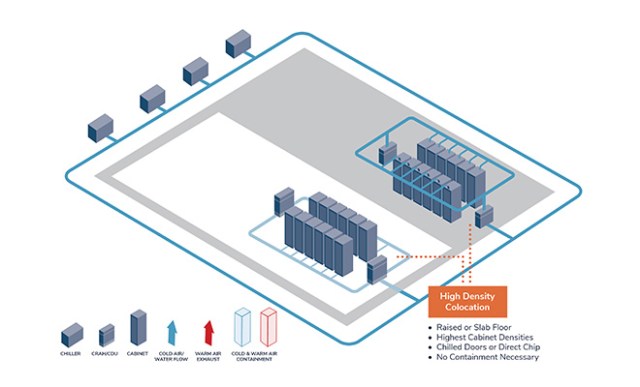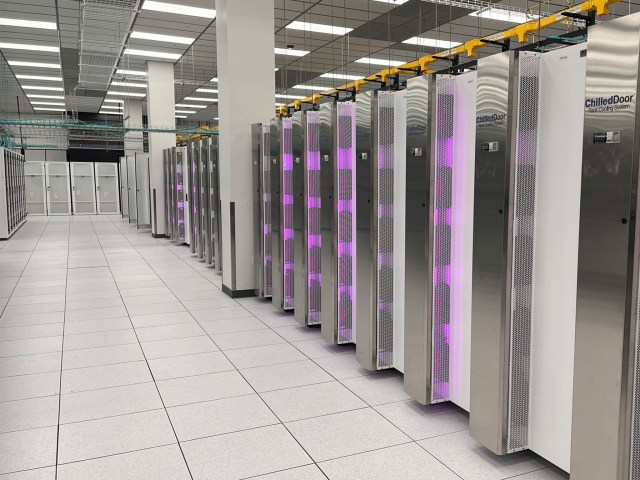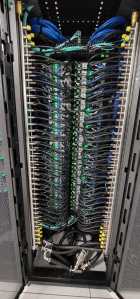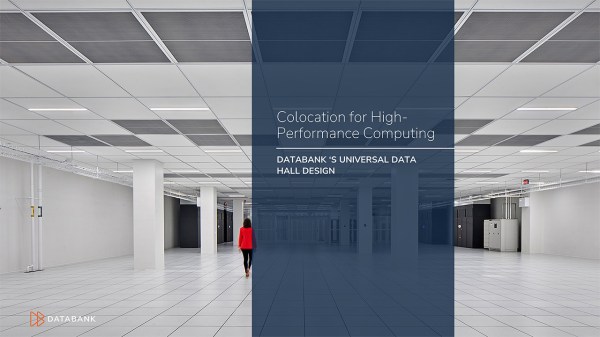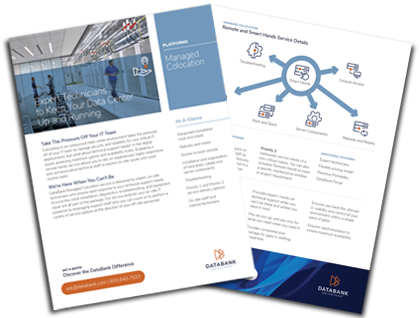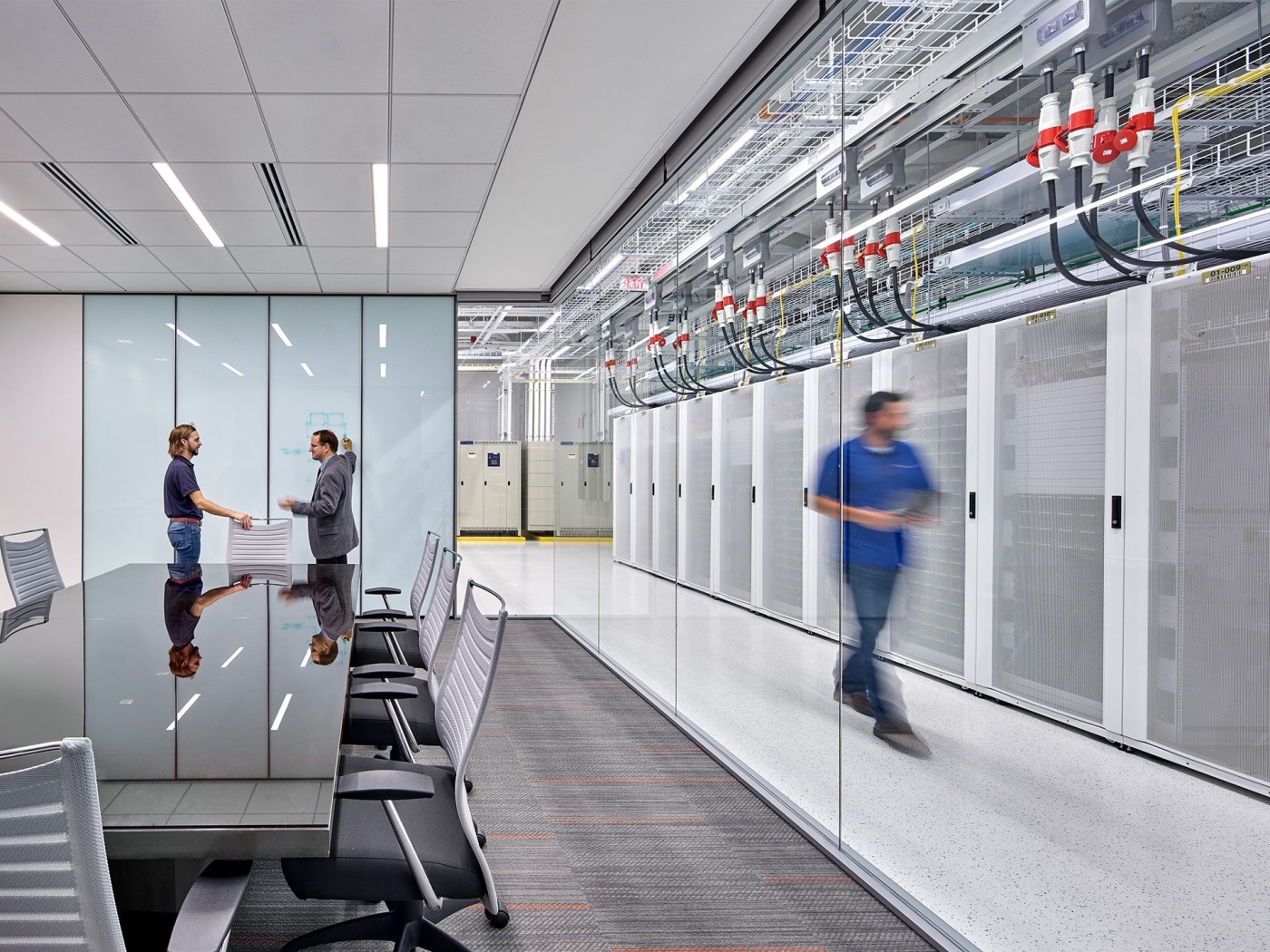Request a Quote
Tell us about your infrastructure requirements and how to reach you, and one of team members will be in touch shortly.
Tour Our Facilities
Let us know which data center you'd like to visit and how to reach you, and one of team members will be in touch shortly.


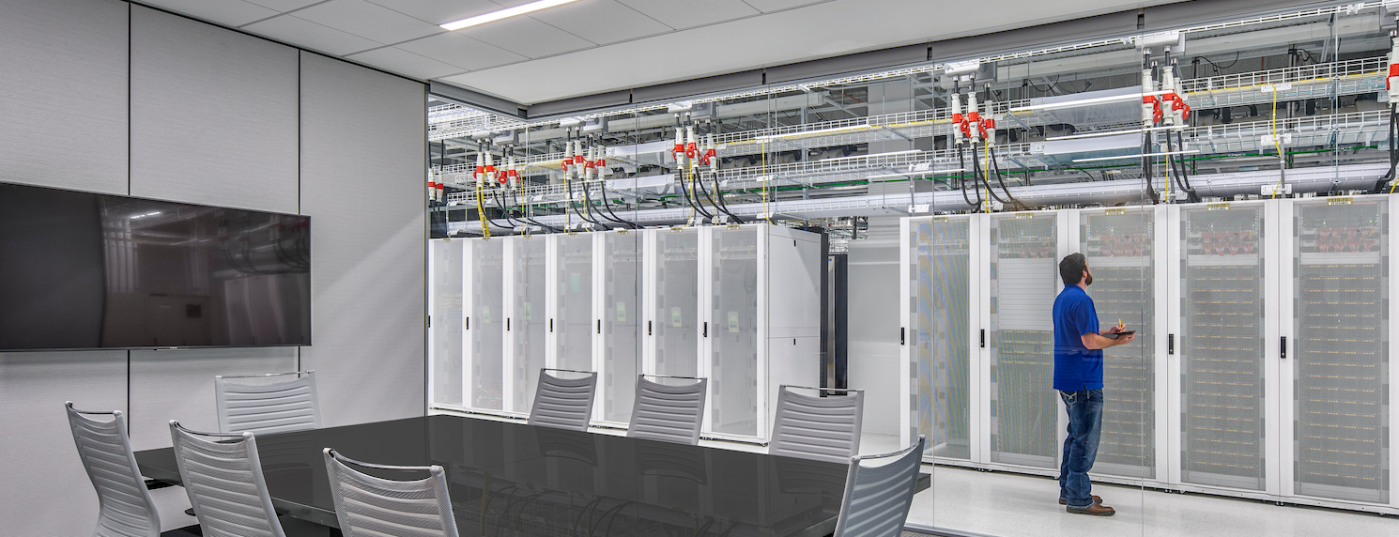
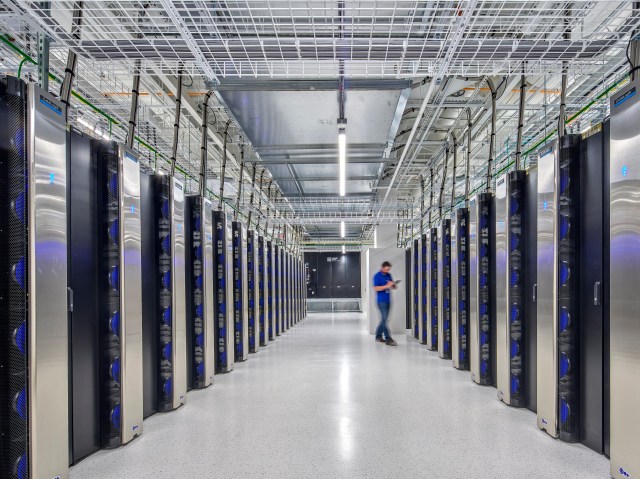
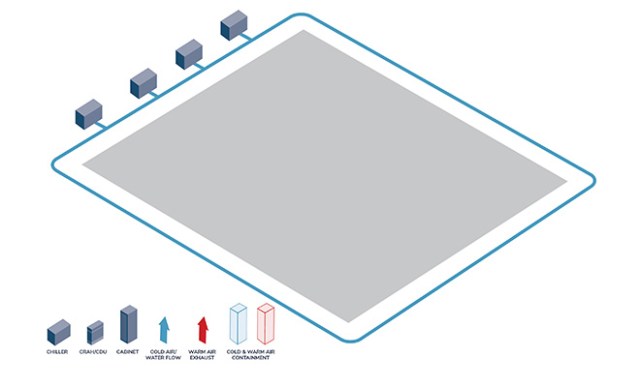
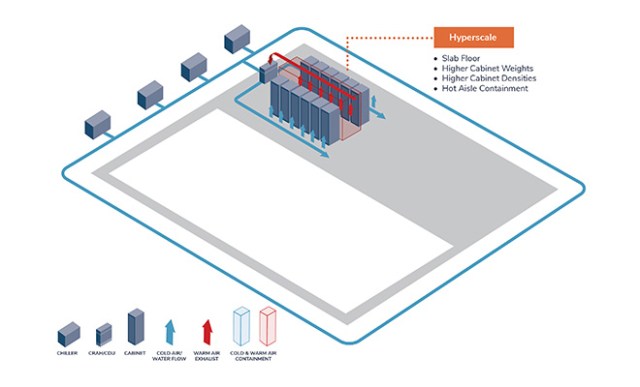 This design allows for the data hall to be cooled while containing the heat, allowing for the most efficient cooling when provisioning heavy cabinets from 10-30kW in straight rows, such as in Hyperscale deployments.
This design allows for the data hall to be cooled while containing the heat, allowing for the most efficient cooling when provisioning heavy cabinets from 10-30kW in straight rows, such as in Hyperscale deployments. 